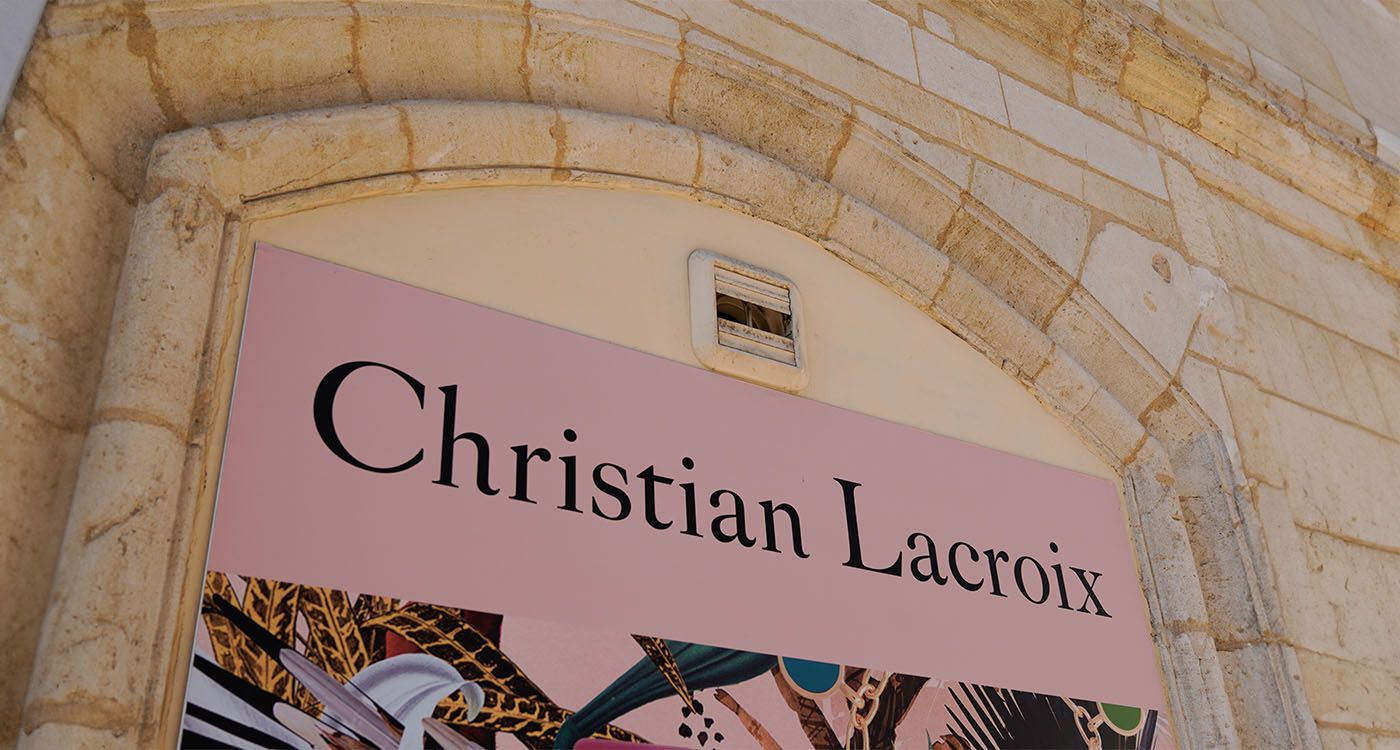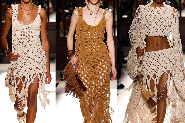
French designer Christian Lacroix has left haute couture behind to focus on his lifelong passion: theatrical costume design. A major exhibition at the CNCS in Moulins celebrates two decades of his work for stage and opera.
He describes himself as an “impostor” in haute couture: at 73, Christian Lacroix is now fully dedicated to what he calls his “real profession”—that of a costume designer. His flamboyant style, shaped by fashion history, folklore, and painting, now finds its true expression on the stage.
“As a child, I thought in terms of costumes, of cinema, of theater,” said the French designer in an interview with AFP from the Centre National du Costume et de la Scène (CNCS) in Moulins, central France, where an exhibition is devoted to two decades of his costume work.
“Before taking a nearly 30-year detour, from 1981 to 2009, through haute couture, I had always dreamed of being, imagined myself as, and wanted to be a costume designer,” he wrote on a panel at the entrance of the exhibition, open until January 2026.
Even before founding his fashion house in 1987, the Arles native was passionate about the history of costume and spent time behind the scenes in theater and opera workshops. “I blended the two worlds—I didn’t know how to choose,” he says.
He won the prestigious Golden Thimble award twice, in 1986 and 1988, honoring the best haute couture designers, yet he still felt like “a bit of an impostor as a couturier.” Clothing, he says, “didn’t interest me as a technician. I didn’t want to sew—I’m not a real couturier, truthfully.”
In 1995, he won a Molière—France’s highest theater award—for the costumes in Phèdre, and another in 2006 for Cyrano de Bergerac, both staged at the Comédie-Française, the national theater based in the Palais-Royal in Paris.
This time, he says he feels “a deep sense of personal pride”: “I told myself—your younger self… if you met him on the street tomorrow, you could look him in the eye.”
Taffeta and Embroidery
Christian Lacroix officially stepped away from haute couture in 2009 following the financial collapse and sale of his fashion house. Since then, he has focused solely on costume design. “Yes, this is my job!” he says passionately.
With over 100 productions to his name, he has frequently collaborated with directors Denis Podalydès and Éric Ruf for the Comédie-Française. The national troupe has become one of his artistic homes, along with the Bouffes du Nord, the Opéra Garnier, the Opéra-Comique, and the Théâtre des Champs-Élysées.
The exhibition Christian Lacroix en scène is the third dedicated to his work at the CNCS, where he serves as honorary president.
Reflecting his deep love of costume history, the exhibition is arranged chronologically—from the Renaissance through the late 19th century—and includes themed rooms that reflect his artistic passions, such as “Santons,” “Elsewhere,” and “Hymenees.”
Tulle, taffeta, sequins, embroidery, ruffles, and flowers decorate the garments worn by actors—some made using elements from previous productions. “I love the idea of a costume that resurfaces from the past and finds new life,” he says.
The exhibition ends in spectacular fashion, between heaven and hell: mummies, angels, demons, and skeletons surround the glowing costume of the Pope from Life of Galileo (2019).
“Fairy Godmothers”
Why is he so drawn to the stage?
“My passion for the stage stems from a fear of real life,” says the gray-bearded designer, who views “working through painting, art, and literature” as a kind of “shelter” in a world where the ideals of his youth seem to be “going up in smoke.”
What worries him the most? “The disappearance of culture,” he says, along with “how we approach the world and humanism,” fake news, and artificial intelligence.
In 2025, several French opera houses will showcase his costumes: La Fille du régiment at the Opéra Royal de Versailles, Faust at the Opéra de Lille, and The Flying Dutchman at the Opéra du Capitole in Toulouse.
“I believe it was fairy godmothers and guardian angels who led me to this point—helping me realize my projects, almost my fantasies,” he says with a smile. “Sometimes I ask myself—what dreams are even left to dream?”
With AFP




Comments